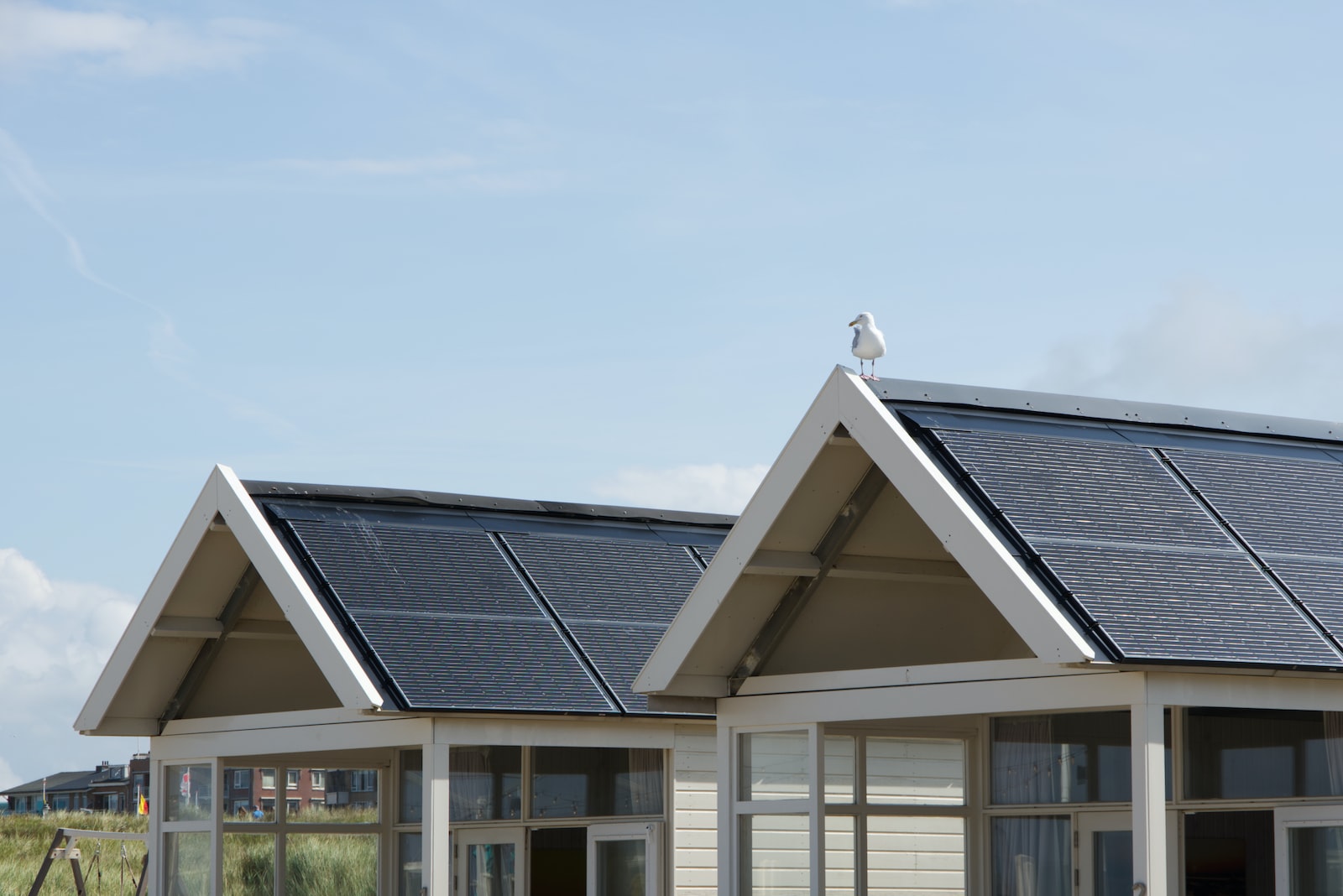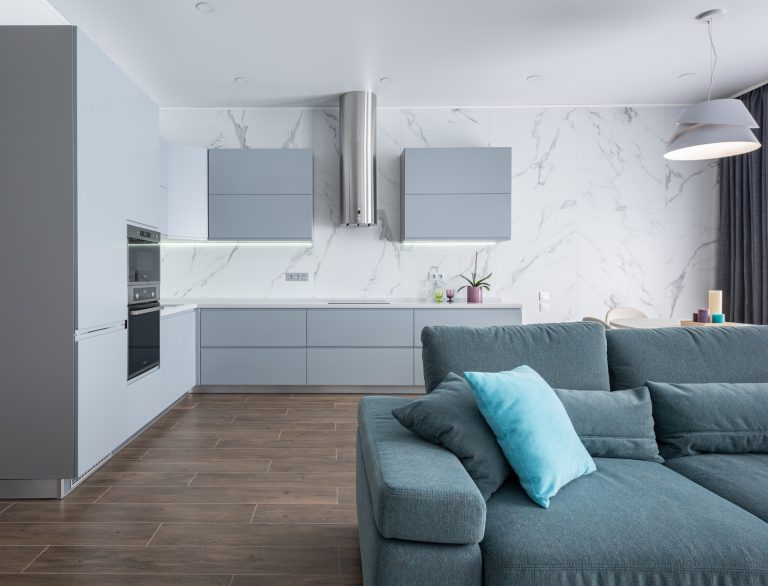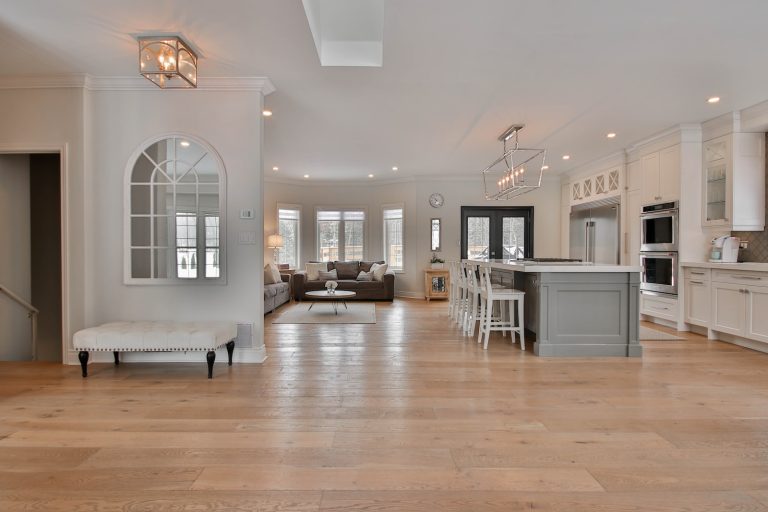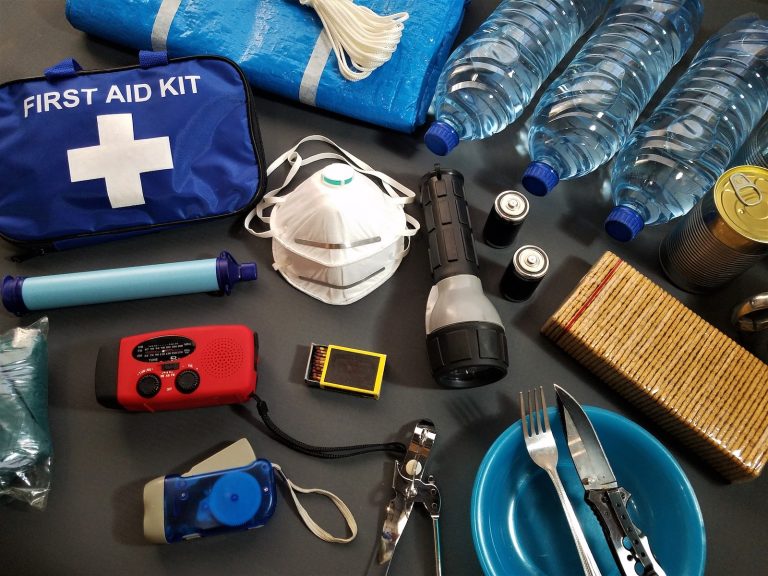What You Need To Know About Installing Solar Panels

Are you tired of paying sky-high energy bills every month? It’s time to embrace the power of the sun and install solar panels! Not only will going solar help you save money, but it’s also an eco-friendly choice that helps reduce your carbon footprint. However, before you jump on the solar bandwagon, there are a few things you need to know about installing solar panels.
From selecting the right type of panel to figuring out your local regulations, this blog post has got all your questions covered. So let’s get started and shed some light on what exactly goes into installing those shiny black rectangles on your roof!
Introduction to Solar Panels
Solar panels are an important way to generate electricity from the sun. They are a renewable resource that can help reduce your carbon footprint and save you money on your energy bills. Solar panels are typically made of silicon, which is a very good conductor of electricity. When sunlight hits the solar panel, it causes the silicon atoms to vibrate and create an electrical current.
Solar panels are a great option for those who want to go green and save money. However, there are a few things you should know before installing solar panels. Here is what you need to know about installing solar panels:
- The initial cost of solar panels can be expensive, but they will eventually pay for themselves through savings on your energy bills.
- Solar panels need to be installed in an area that receives direct sunlight for most of the day in order to work properly.
- You will need to have your home evaluated by a professional to ensure that it is suitable for solar panel installation.
- Once installed, solar panels require little maintenance other than occasional cleaning to keep them working optimally.
Benefits of Installing Solar Panels
There are many benefits of installing solar panels, including reducing your carbon footprint, saving money on your energy bills, and increasing the value of your home. Solar panels can also help to create jobs and stimulate the economy.
Solar panels are a great way to reduce your carbon footprint. Generating electricity from solar power produces no emissions of greenhouse gases, making it a clean and renewable form of energy. Every kilowatt-hour (kWh) of electricity produced by solar panels avoids emitting around 1,000 pounds of carbon dioxide into the atmosphere. Over its lifetime, a typical residential solar panel system could avoid emitting tens of thousands of pounds of harmful pollutants into the air.
In addition to reducing your carbon footprint, installing solar panels can also save you money on your energy bills. Solar power is free once you have installed the initial equipment, so you will see savings on your energy bill each month. The amount you save will depend on the size and efficiency of your solar panel system, as well as the amount of sunlight that hits your property. In some cases, you may even be able to sell excess electricity back to the grid for a profit!
Finally, installing solar panels can also increase the value of your home. A study by Lawrence Berkeley National Laboratory found that homes with solar panel systems sold for an average premium of $15,000 more than comparable homes without solar panel systems. This increase in value is due to both the savings on energy bills and the environmental benefits of using solar power.
Considerations When Installing Solar Panels
Installing solar panels can be a great way to reduce your carbon footprint and save money on your energy bills. However, there are a few things you should keep in mind before you install solar panels.
- The type of roof you have: Solar panels can be installed on most types of roofs, but some are better suited than others. For example, metal roofs tend to reflect more sunlight than asphalt shingles, so they may not be the best option for solar panels.
- The orientation of your roof: The angle at which your roof faces the sun will affect how much sunlight it receives. South-facing roofs tend to get the most sunlight, so they are generally the best option for solar panels.
- The amount of shade around your home: If there are trees or other structures that cast shade on your roof, that could reduce the amount of sunlight that reaches your solar panels and decrease their efficiency.
- The climate where you live: Solar panels work best in sunny climates, but they can still be effective in cloudy or shady areas. However, if you live in an area with snow or high winds, that could affect the performance of your solar panels.
DIY: How To Install Solar Panels
If you’re considering installing solar panels, there are a few things you should know beforehand. Solar panel installation is a big investment, so you’ll want to make sure you’re getting the most bang for your buck. In this article, we’ll go over some tips on how to install solar panels DIY-style.
- Do your research: Before you start the installation, it’s important to do your research and figure out what kind of system is right for you. You’ll need to consider the size of your home, your energy needs, and your budget. Once you have a plan in place, you can move on to the next step.
- Gather the necessary supplies: You’ll need more than just solar panels to install a system; you’ll also need batteries, an inverter, wiring, and mounts. If you’re not sure where to get started, consult with a professional or look online for kits that include everything you need.
- Follow the instructions carefully: Once you have all the supplies gathered, it’s time to start the installation! Be sure to follow the instructions carefully; if something doesn’t make sense, don’t hesitate to ask for help. The last thing you want is for your brand-new system to malfunction because of an improperly installed part.
- Monitor your system regularly: After your system is up and running, it’s important to monitor it regularly and perform any necessary maintenance tasks. Make sure to check the wiring, batteries, and mounting structures regularly to ensure everything is in working order.
By following these steps, you should have a successful solar panel installation project! Just remember to do your research beforehand and always make safety a priority. Good luck with your DIY solar panel installation!
Different Types of Solar Panel Mounts
There are three main types of solar panel mounts: roof-mounted, ground-mounted, and pole-mounted.
Roof-mounted solar panels are the most common type of solar panel mount. They can be installed on any type of roof, including shingles, metal roofs, tile roofs, and flat roofs. Roof-mounted solar panels are easy to install and maintain, and they can be installed using a variety of methods, including ballasted mounts, flush mounts, or drip edge mounts.
Ground-mounted solar panels are the second most common type of solar panel mount. They can be installed on any type of ground surface, including dirt, gravel, concrete, asphalt, or grass. Ground-mounted solar panels are easy to install and maintain, but they require more initial setup than roof-mounted solar panels.
Pole-mounted solar panels are the third most common type of solar panel mount. They can be installed on any type of pole or post, including wooden poles, metal poles, or concrete posts. Pole-mounted solar panels are easy to install and maintain, but they require more initial setup than roof-mounted or ground-mounted solar panels.
Finding the Right Solar Panel Installation Company
There are a few things you should take into consideration when looking for a solar panel installation company. Here are a few tips:
- Make sure the company is certified and insured.
- Ask for references and check out online reviews.
- Get a written estimate that includes all costs involved.
- Make sure the company offers a warranty on their workmanship.
Financing Options for Solar Panel Installation
When you’re ready to install solar panels, you’ll need to consider the cost. The initial investment for solar can be high, but there are a variety of financing options available to make it more affordable. Here are some of the most common ways to finance solar panel installation:
- Solar Loans
Solar loans are becoming an increasingly popular financing option for homeowners looking to go solar. With a loan, you can spread the cost of your solar panel system over a period of time, making it more manageable. There are a variety of solar loans available, so be sure to shop around and find one that fits your needs.
- Solar Leases & Power Purchase Agreements (PPAs)
Solar leases and PPAs are another option for financing your solar panel installation. With a lease or PPA, you essentially rent the panels from a company and agree to pay them for the electricity that they produce (at a rate lower than what you would pay for utility-provided power). These can be good options if you don’t have the upfront money for a loan or if you want someone else to take care of maintenance and repairs.
- Solar Rebates & Incentives
There are various rebates and incentives offered by federal, state, and local governments that can help offset the cost of going solar. Be sure to research what might be available in your area before making any decisions.
- Solar Taxes
Many states and local governments offer tax credits that can help offset the cost of your solar panel system. Be sure to check with your local government to find out what kind of tax incentives might be available in your area.
Conclusion
With the right guidance, installing solar panels can be an exciting and rewarding experience. Analyzing your energy needs to decide which system is best for you, finding a qualified installer, and taking advantage of incentives from local governments or utilities are all key considerations when choosing to install solar panels in your home or business.
Whether you want to create your own source of clean energy or save on electricity costs in the long run, these essential steps will help ensure that you maximize your return on investment for this worthwhile project.

Emma is a talented writer and enthusiastic gardener who shares her passion for plants and gardening on HomeGardenBlog.com. With years of experience in home gardening, Emma has become an expert in everything from planting and harvesting to pest control and soil management.






